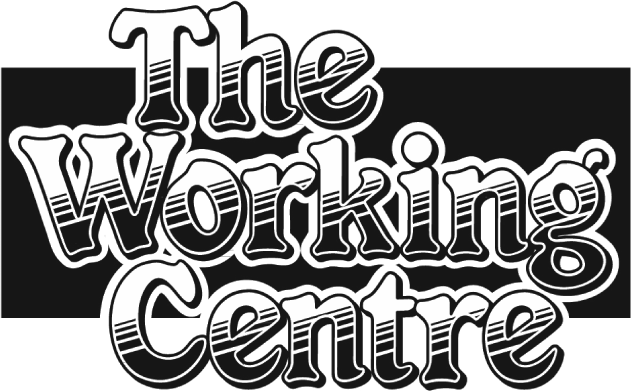1.2 Overview of the Inventory
The inventory contains the three following components:
- Introduction – Section 1 identifies the purpose and scope – provides an overview of the document - clarifies terms and definitions - and provides some overall context and background on the subject area federally, provincially and locally.
- Snapshot of financial inclusion programs and services – Section 2 provides a summary of all the programs included in the inventory, maps them, and provides a listing of known local reports on topics related to financial inclusion.
- Program Profiles – Sections 3-8 categorize and describe local programs and services, providing information on eligibility, locations, and languages in which service can be offered under the following six categories (Banks, Credit Unions, Community Education and Support Programs, Identification Support, Income Tax Support, Trusteeships).
The inventory was compiled through online searches, connections and contacts through the Money Matters Collaborative, and through contacting agencies and institutions that offer programs and services to individuals who live with low income. Program descriptions were drafted and then shared with agency contacts for input and feedback.
Seek to Serve Categories. The inventory identifies three different situations in which people may find themselves (Lowest Income, Low Wage, and Life Change) and recognizes that each requires a different approach to service related to financial inclusion. Each program profile identifies what situation(s) they are seeking to serve.
- Lowest income – those in this situation tend to encounter banking challenges related to identification, cheque cashing, and overdraft protection. There is often reliance on fringe banking and a cycle of debt that leaves individuals even more vulnerable in times of crisis. Individuals in this group benefit most from individualized problem-solving and relationship-based approaches, as well as advocacy and alternatives to mainstream financial services.
- Low wage – individuals in this situation tend to experience banking challenges related to payday lending, line of credits, overdraft privileges, budgeting and having limited savings. This group could benefit from one-on-one financial literacy education and support to move away from fringe financial institutions.
- Life Change – this group includes individuals who experience challenges relate to change in life circumstances, such as those related to immigration, work transition or separation. They are more likely to access mainstream banking options, though can be in need of crisis management support and advocacy. Their banking challenges tend to be related to overdraft privileges, budgeting, savings, financial planning, credit cards, and debt management and consolidation. Those in this group would benefit from workshops, online and print resources and information.

